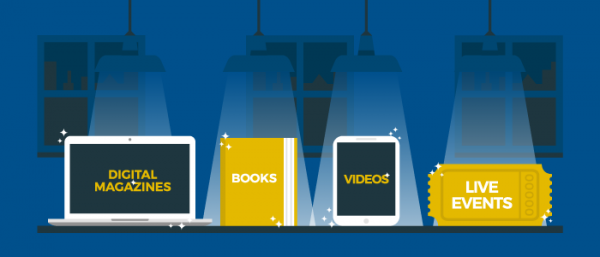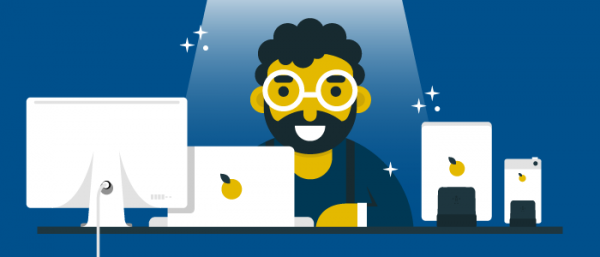Consider your content assets when determining the best digital products to sell online

As humans we’re always in competition. We want to have a better job, a bigger bank account, a happier life, a healthier family, a cooler side hustle or better behaved dog than everyone else we know. And business it isn’t any different. We want to be the one with the original ideas, generating more revenue, and hiring more people to support a thriving business.
In publishing specifically, magazine publishers are neck and neck. Everyone is trying to find out the best digital products to sell online. And the difference between many of them is very little more than good content and the number of products they have to sell.
A decade ago, everyone thought Amazon would put bookstores out of business, and while it did affect many, you’ll find that there are still plenty of new bookstores and used bookstores still in business.
[text_ad]
Sure, maybe it’s because some of them own the real estate they operate in and have low overhead, but for others, it’s because they adapted.
It’s rare these days that you’ll find “just” a bookstore. Even the most devoted used bookstores have branched out to other products: paper products, wrapping papers, pens, and other items. Often times these items are priced with a high margin. Consider planners. Most planners have nearly identical pages inside with plain black or brown covers, yet they cost more than a handwritten novel. You can expect to pay $15-$50 for a planner, and we all know most planners get used as much as that New Year’s gym membership.
The key to multiplatform publishing and discovering the best digital products to sell online

The key to multiplatform publishing is creating several different products that would be consumed by different types of people. And the not so secret key to making profitable products, is trying to find a high profit margin that enables you to invest more back into your business for bigger, better products.
Let’s just talk about Amazon for a minute. They’re beginning to roll out physical bookstores across the U.S. and they anticipate they will open at least six in 2017. What they’re doing with their brick and mortar bookstores is pretty smart. They A/B/C tested the format of their stores, and ultimately ended up with a look that has all of the books facing the consumer (covers front, no spines showing). It gives them less real estate to work with, but they believe it results in higher in-store “conversion rates.” Not to mention, all books in the store are rated between 4.6 and 5 stars, and a placard below each book looks just like you’d find online. If they don’t have what you want, you can order it right from a kiosk. And also like their online store, they place books next to each with signs that tell shoppers if they like one book, they might like the other. And, Prime members get significant discounts on books, whereas non-members pay the full list price (ouch). Amazon has created so many different revenue streams, it’s no wonder their stock is over $800 per share.
Amazon has the advantage of being a retailer, so their products appeal to everyone. They’re not in one niche (like books), they sell everything from books to clothing, to furniture and food.
More importantly, how they sell products is clearly diversified. They sell online, in person, and if they don’t have what you want in person, it’s back to online, through a different route (an in-store kiosk.)
As a publisher, how many new products can you make? Can you turn a magazine column into a book series? Digital books have the highest profit margin because they have low overhead. And what about online courses? They have a fair overhead to produce, but if you turn them into a monthly recurring membership, the costs are paid off quickly.
For example, say you’re a crafting magazine about beading. You decide to create 20 courses on beading, and after costs to produce the videos and pay the talent, you’re looking at a budget of $50,000.
Beading is a consumer niche, so you won’t likely be able to charge $97 per month like you would in the B2B niche, however even if you’re billing at just $27 per month, you’d need only about 155 subscribers from your first email to break even in 12 months. From a modest list of 50,000 emails, that’s not even half a percent conversion rate to achieve, only 0.3%. Not hard, right? After 12 months, you’re generating $50,000 per year on those same subscribers if they continue to renew, not to mention the additional subscribers you’ll add over the course of a year.
There are, of course, minor costs. Costs to host the videos, costs to update them eventually, however digital subscription products are some of the best ways to get into multiplatform publishing and grow your business quickly.
Other ways to get into multiplatform publishing profitably:
- A magazine subscription website with online library subscription
- A directory website or a calendar website where you can sell listings
- Digital books that can be created from magazine archives
In the comments below, I’d love to hear your stories about how you’ve created successful multiplatform products.



We have been noting down whats going on.